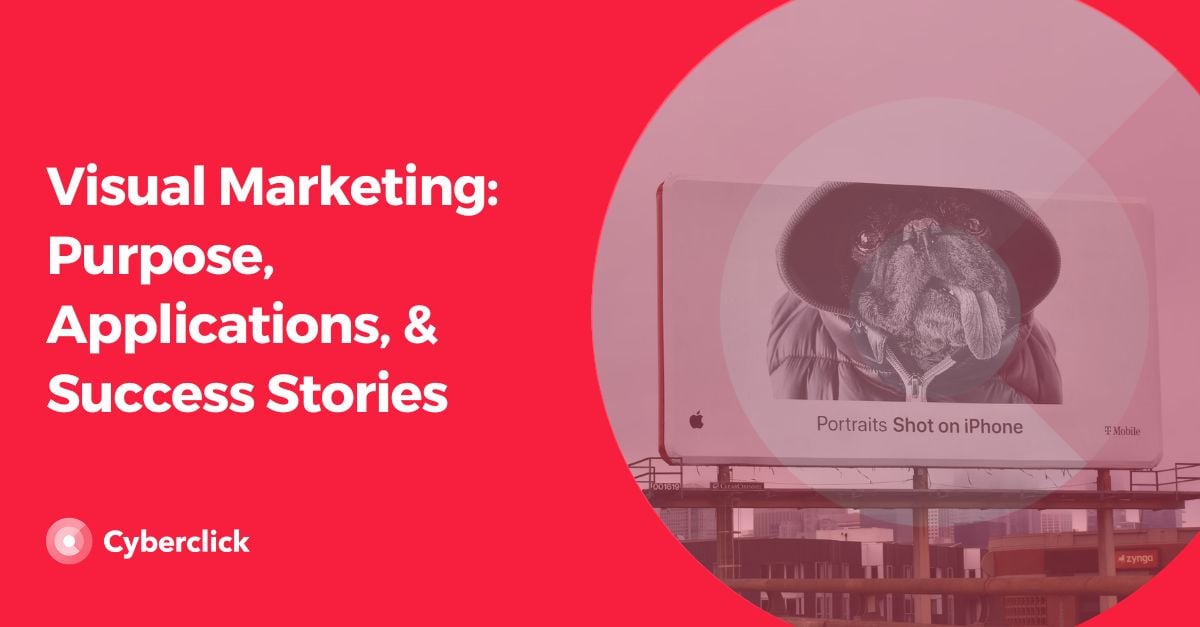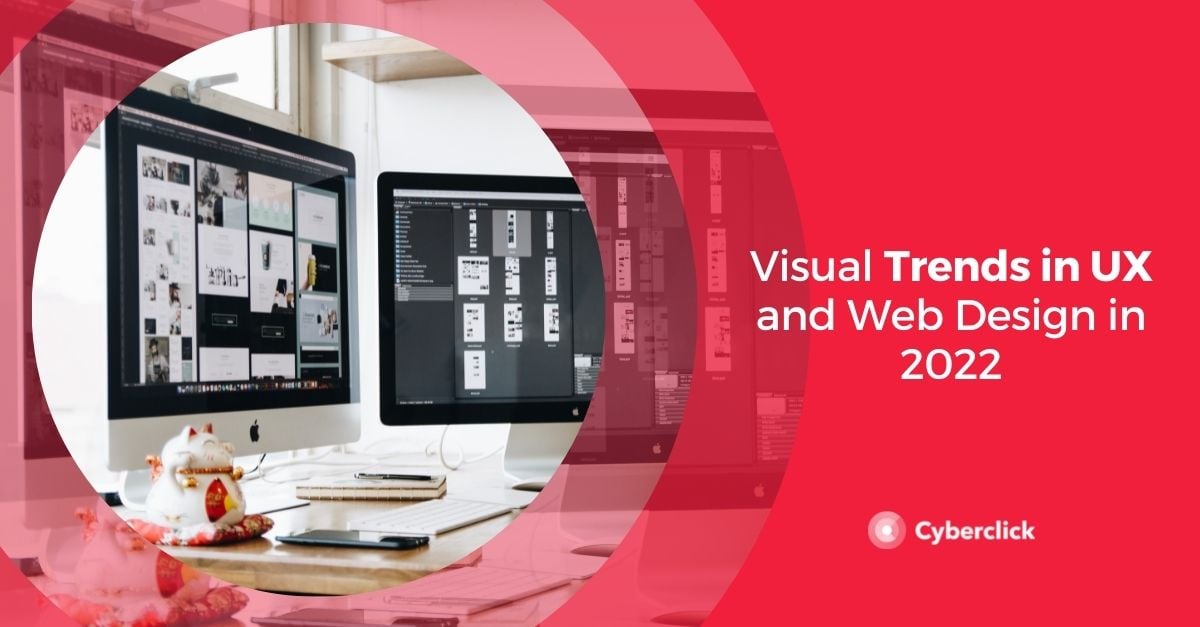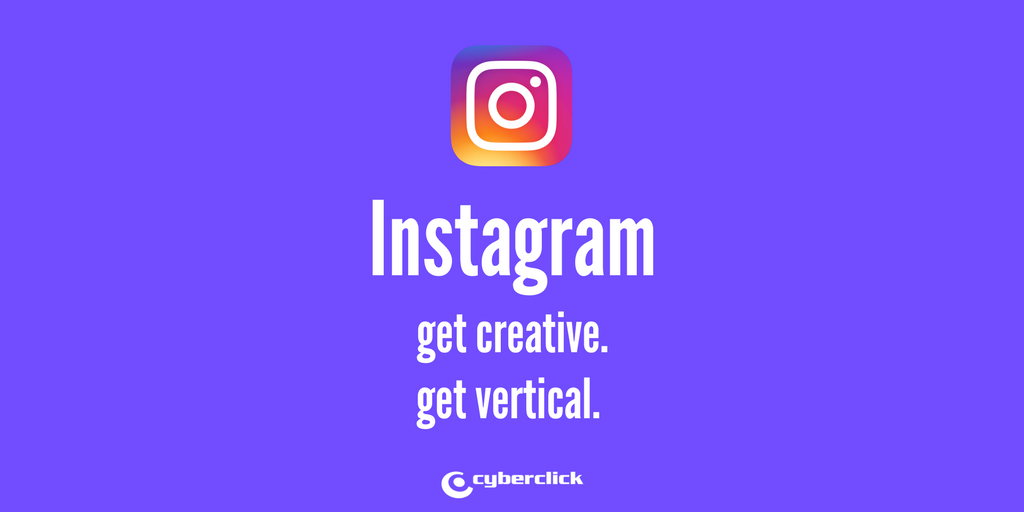Do you know that humans process an image up to 60,000 times faster than text? And that we retain only 10% of the information we hear, 20% of what we read, but 80% of what we see? Perhaps that's why visual posts on the internet are the most successful, and visual marketing has become essential in any marketing strategy. If you're not quite sure what visual marketing is, but you're determined to capture your audience's attention, then stay tuned until the end because this article will guide you through it.

What Is Visual Marketing?
Visual marketing is the type of marketing that uses visual elements such as photographs, videos, infographics, etc., to capture the audience's attention and convey the brand message.
Data, as mentioned in the introduction, verifies that this type of marketing has a greater impact on the audience, resulting in better overall strategy outcomes.
But before we proceed, it's important to note something: using these visual resources doesn't instantly turn your marketing strategy into a visual marketing strategy. For that to happen, the visual element must be the centerpiece of the message, meaning it should be the most important part, surpassing the significance of the text.
Visual Marketing Is a Trend
Every year, the infographic creation company Venngage releases its visual marketing study, reflecting the significance of this type of marketing in company strategies. In their 2022 report analyzing data from 2021, they found that content was more visual than ever, revealing the following insights:
- Graphics, stock photos, and videos are the most utilized visual resources in company content strategies. However, stock photos are the least effective resource.
- While previously, up to 10% of the budget could be allocated to visual content creation, companies now estimate they could spend up to 30%.
- Within this budget, the majority is dedicated to design, tools or related software, and video creation.
- 76.6% of marketing experts believe that producing visual content has a difficulty rating of 5 or more (on a scale of 1-10, where 1 is no difficulty).
- 63.6% of marketers think that visual content is vital or very important in their marketing strategy.
- Almost 90% of experts identified video as the key format in marketing campaigns.
Statistics like these demonstrate the current importance of visual marketing. If we examine past studies from the same company, we can observe a rising trend in the statistics of this type of marketing.
What Resources Can You Use To Develop Visual Marketing and How?
Infographics
Infographics are visual representations of information (usually written) with the aim of making it simpler and more accessible to the public. As mentioned earlier, graphics (which belong to the world of infographics) are one of the most used visual resources by companies in their visual marketing strategies, so we recommend not overlooking them.
Infographics can be utilized across various channels, such as social media, to make the information from one of our blog posts more digestible for sharing. They also work well within articles to prevent the reader from encountering too much text.
Interactive infographics are also very popular, allowing users to interact with the content, thus making their engagement with the brand more attractive.
Memes
A meme is an idea, situation, or concept expressed with text and another visual element to evoke a reaction, usually humorous, in the viewer. Memes have the peculiarity of spreading through the internet and can reach a wide audience.
Because of this, brands often use them to gain virality, convey a laid-back style, and be more relatable to the audience, as memes are a fairly informal resource.
We recommend incorporating them into your social media strategy, as this is where these resources usually find their place.
Video
It's already clear that video is the king of visual content in marketing strategies. If this resource was already gaining ground, with the arrival of TikTok, its potential skyrocketed, and now a marketing strategy cannot be done without considering it.
In this case, it can be integrated into various channels and publications (even on the main page of your website), but it requires significant editing work that should not be overlooked. The good news? There will be more opportunities for users to want to hear what you have to say.
Illustrations
Original graphics and illustrations are some of the most used visual content. We've already talked about infographics, but illustrations can give your brand a boost of personality, making it stand out from the rest.
The best part is that you can also use them in any of your channels and posts, gradually making them identifiable and part of your brand identity.
Successful Real Examples of Visual Marketing
Zara
As a clothing brand, Zara utilizes the photographic resource like no other, especially on its website, which is reinforced by magnificent design. If your company operates in this sector or a related one, we recommend drawing inspiration from this brand and leveraging such an important visual resource within this field.
GoPro
GoPro's marketing strategy involves showcasing videos and photos captured by its customers using GoPro cameras. The visually thrilling content, often featuring extreme sports and adventurous activities, highlights the capabilities of the product and fosters a sense of community among users.
Responsable de Diseño y de la Experiencia del Usuario (UX) en Cyberclick. Se encarga de la conceptualización creativa de campañas y diseño gráfico, así como la optimización de los materiales para diferentes entornos y dispositivos. Colabora en proyectos estratégicos aportando una visión de producto centrada en el usuario.
Design and User Experience (UX) at Cyberclick. Sol is responsible for the creative conceptualization of campaigns and graphic design, as well as the optimization of materials for different environments and devices. Sol collaborates on strategic projects providing a user-centered product vision.





Leave your comment and join the conversation